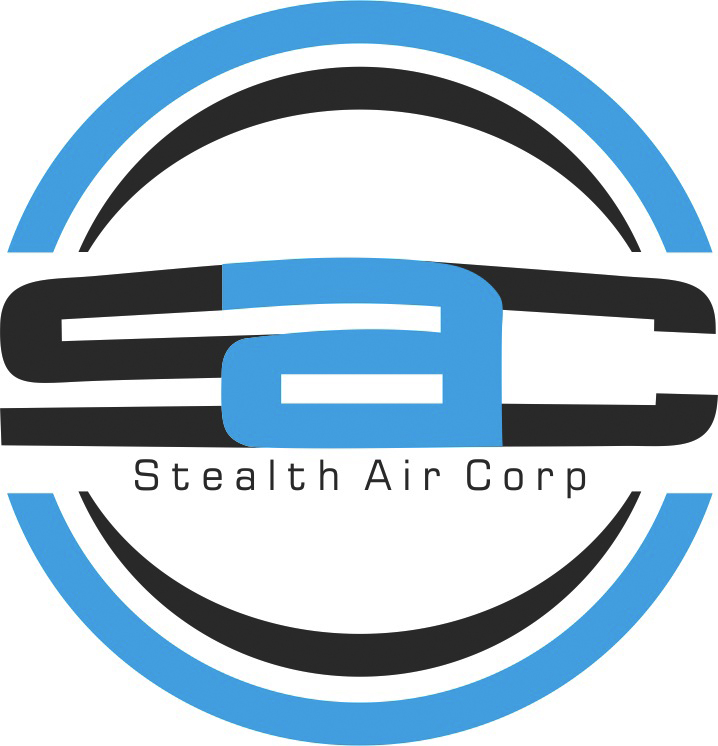Background
The oil and gas industry suffers from costly regulatory compliance measures. Oil and gas assets stretch far distances over massive amounts of real estate and despite environmental conditions, terrain and other challenging factors, these assets must be monitored on a regular basis by humans in all-terrain vehicles or by costly manned aircraft. Stealth Air Corp. offers the ability to automate the required monitoring process by way of employing precision landing and recharge capabilities. By strategically installing self-powered landing stations, electric unmanned aircraft can perform oil and gas monitoring using remote sensing equipment and autonomously re-charge at scheduled intervals. Unmanned aerial vehicles can carry your required sensor payload without any type of terrain restriction, at scheduled mission intervals and on-demand.
